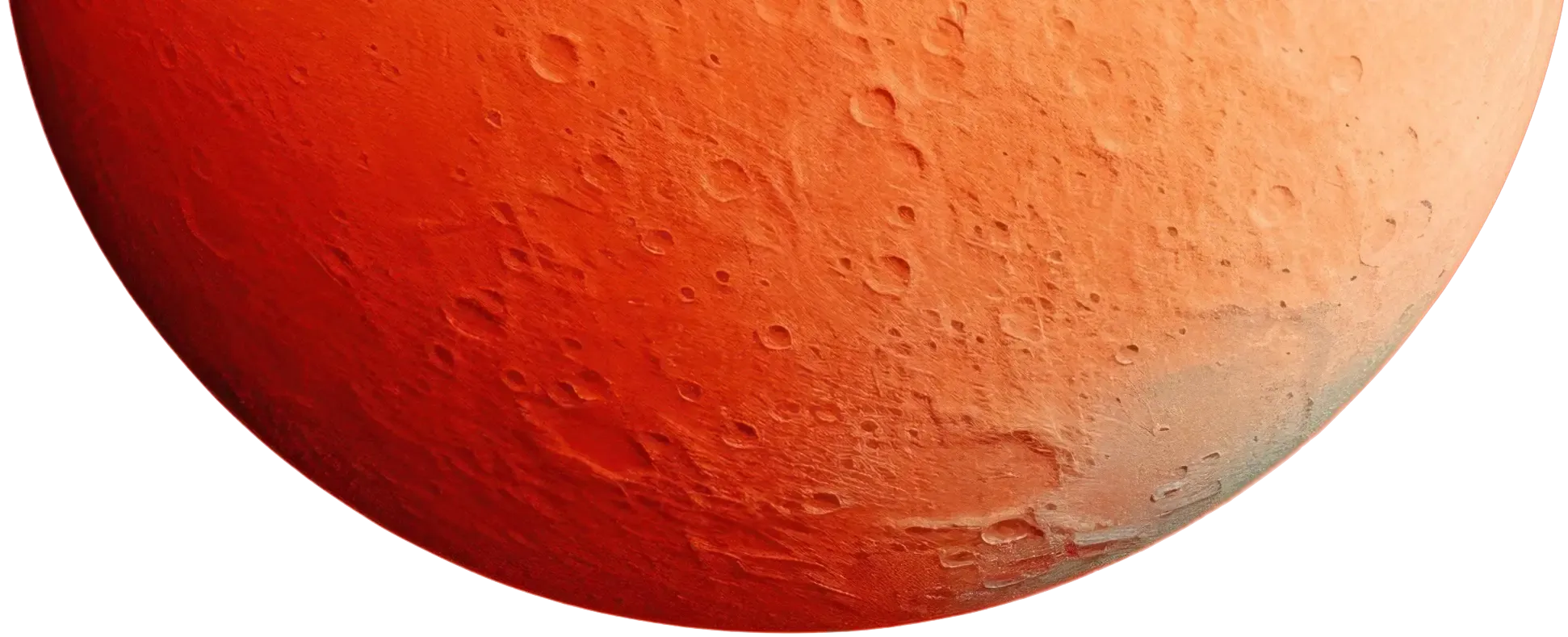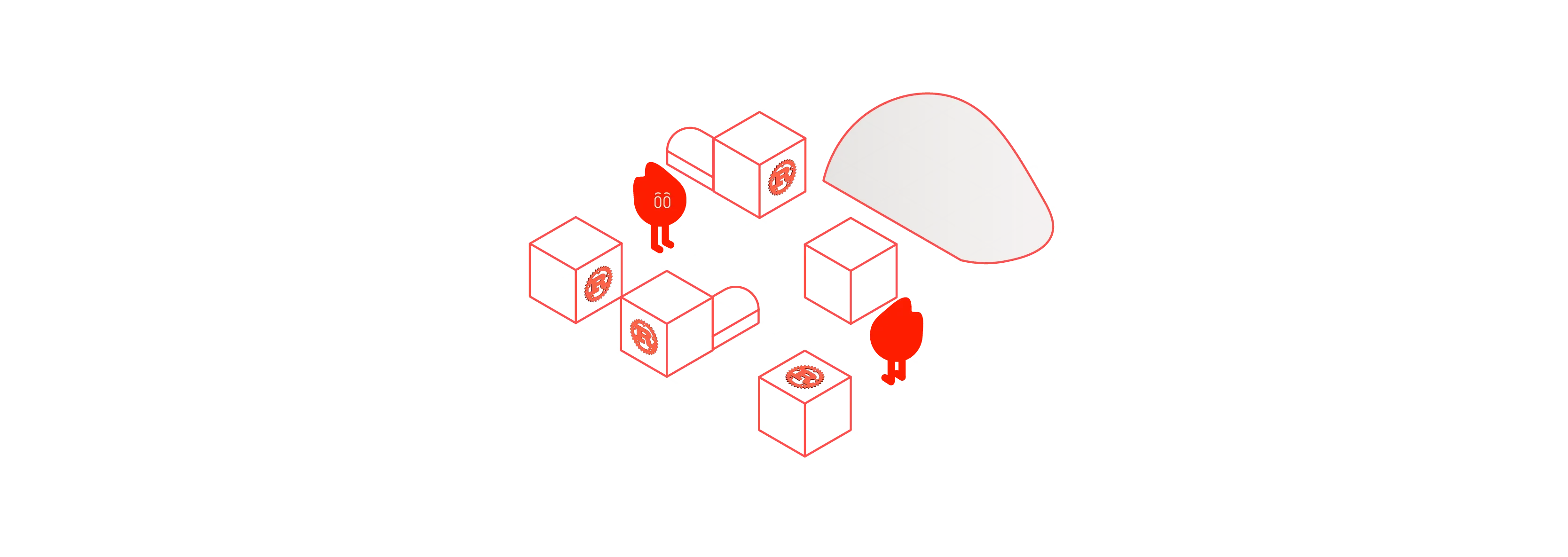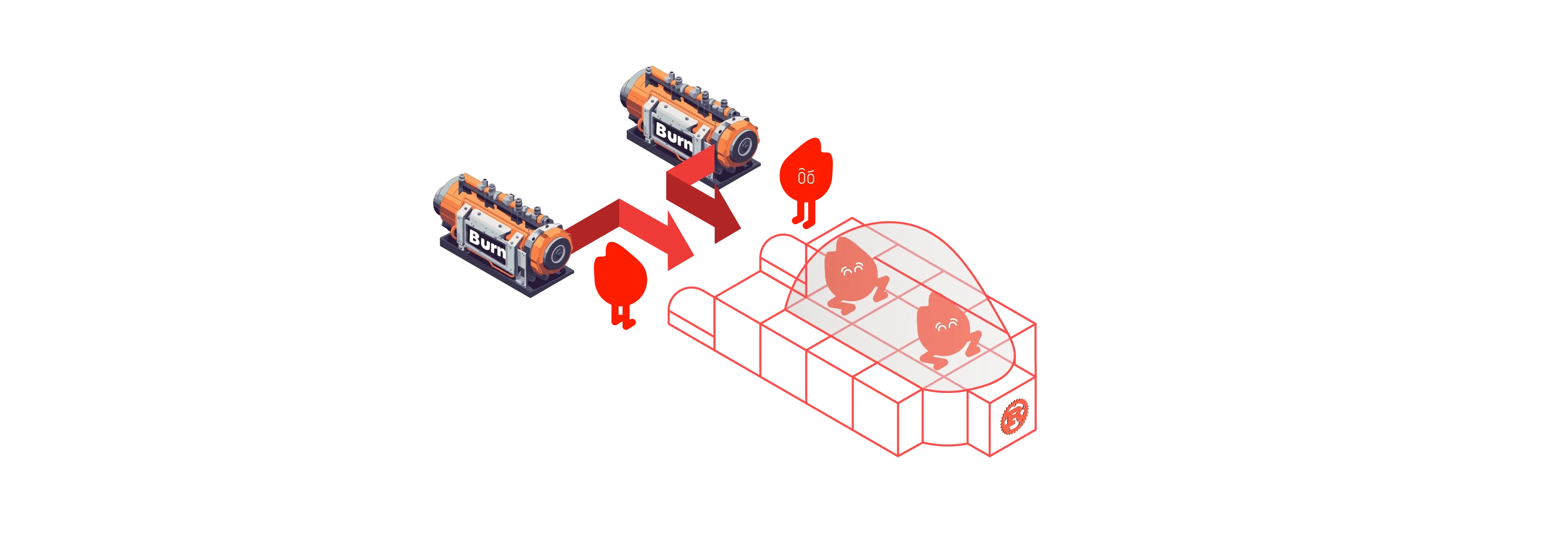

Make the leap
Let's get started!

1. Install Rust
Refer to the Rust book's installation page.

2. Create a Rust Application
- Open your preferred terminal or command prompt.
- Use Cargo, Rust's package manager, to create a new Burn application in a specific directory.
- Change your current directory to the newly created project.

3. Add Burn Dependency and Choose a Backend
- Cargo simplifies the process of including external libraries. The following command adds the main dependency and specify the [wgpu] backend.

4. Start Developing with Burn
- With Burn successfully installed, you're now ready to start developing your deep learning projects using this powerful framework.